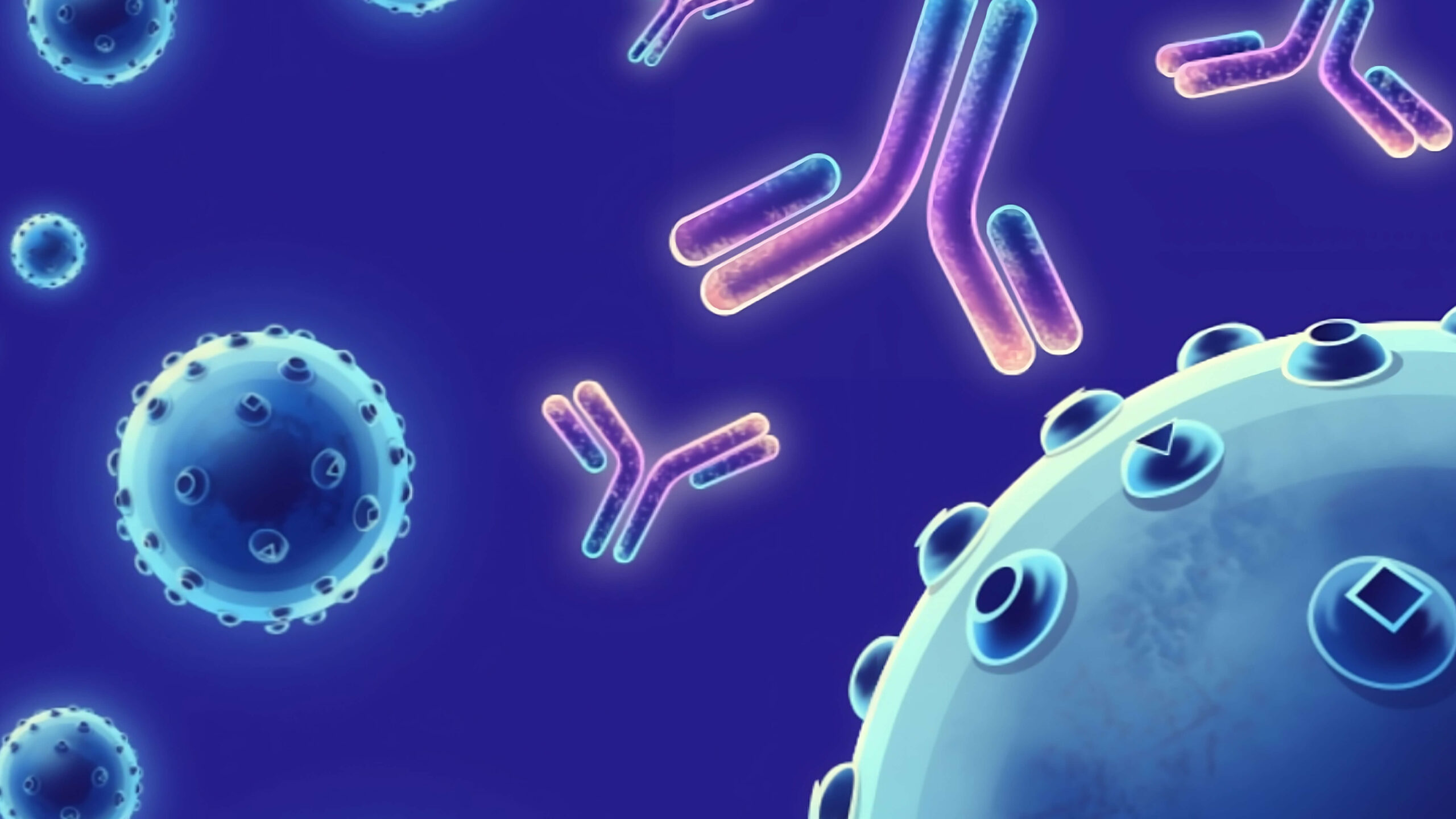Description
The cluster of differentiation (CD) system is commonly used as cell markers in Immunophenotyping. Different kinds of cells in the immune system can be identified through the surface CD molecules associating with the immune function of the cell. There are more than 320 CD unique clusters and subclusters have been identified. Some of the CD molecules serve as receptors or ligands important to the cell through initiating a signal cascade which then alter the behavior of the cell. Some CD proteins do not take part in cell signal process but have other functions such as cell adhesion. Cluster of differentiation 19 (CD19) is a member of CD system. CD19 is a cell surface molecule that assembles with the antigen receptor of B-cells. This results in a descent in the threshold for antigen receptor-dependent stimulation. A simplified view holds that the ability of B-cells to respond to the various antigens in a specific and sensitive manner is achieved in the presence of low-affinity antigen receptors. CD19 primarily acts as a B-cell co-receptor in conjunction with CD21 and CD81. The formation of the receptor complex is induced by antigen and CD19, induced by exogenous antigen, has been found cytoplasmic tail phosphorylated and bind to sIg.
Target
CD19
Target Alias Name
AW495831
Isotype/Mimetic
Rabbit IgG
Animal-Derived Biomaterials Used
No
Sequence Available
No
Original Discovery Method
Phage display technology
Antibody/Binder Origins
Animal-dependent discovery, post-2020, In vitro recombinant expression

